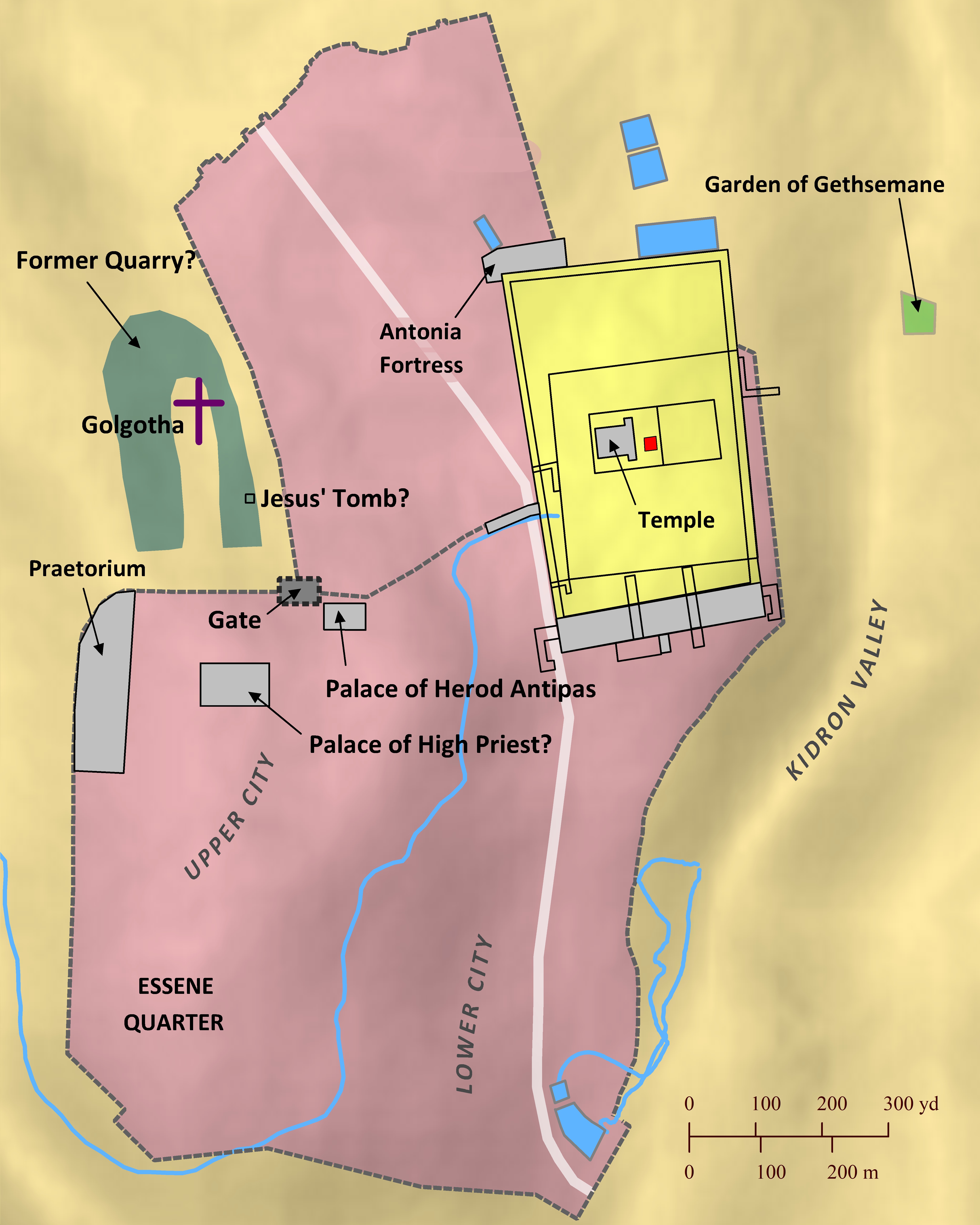Note: This view shows ‘verses’ which are not natural language units and hence sometimes only part of a sentence will be visible—click on any Bible version abbreviation down the left-hand side to see the verse in more of its context. Normally the OET discourages the reading of individual ‘verses’, but this view is only designed as a tool for doing comparisons of different translations—the older translations are further down the page (so you can read up from the bottom to trace the English translation history). The OET segments on this page are still very early looks into the unfinished texts of the Open English Translation of the Bible—please double-check these texts in advance before using in public.
AICNT His disciples say [[to him]],[fn] “See, now you speak plainly and not using any parables.
OEB ‘At last,’ exclaimed the disciples, ‘you are using plain words and not speaking in figures at all.
WEBBE His disciples said to him, “Behold, now you are speaking plainly, and using no figures of speech.
WMBB (Same as above)
NET His disciples said, “Look, now you are speaking plainly and not in obscure figures of speech!
LSV His disciples say to Him, “Behold, now You speak freely, and You do not speak allegory;
FBV Then the disciples said, “Now you're talking very plainly and not using picture language.
TCNT His disciples said [fn]to him, “Behold, now yoʋ are speaking plainly and not using any figure of speech.
T4T Then we, his disciples, said, “Now you are speaking plainly, without using figurative language.
LEB His disciples said, “Behold, now you are speaking ⌊plainly⌋[fn] and are telling us[fn] no figurative saying!
BBE His disciples said, Now you are talking clearly and not in veiled language.
Moff His disciples said, "Now, you are talking plainly at last, not speaking in figures.
Wymth "Ah, now you are using plain language," said His disciples, "and are uttering no figure of speech!
ASV His disciples say, Lo, now speakest thou plainly, and speakest no dark saying.
DRA His disciples say to him: Behold, now thou speakest plainly, and speakest no proverb.
YLT His disciples say to him, 'Lo, now freely thou dost speak, and no similitude speakest thou;
Drby His disciples say to him, Lo, now thou speakest openly and utterest no allegory.
RV His disciples say, Lo, now speakest thou plainly, and speakest no proverb.
(His disciples say, Lo, now speakest/speak thou/you plainly, and speakest/speak no proverb. )
SLT His disciples say to him, See, now thou speakest with freedom of speech, and sayest no proverb.
Wbstr His disciples said to him, Lo, now speakest thou plainly, and speakest no proverb.
KJB-1769 His disciples said unto him, Lo, now speakest thou plainly, and speakest no proverb.
(His disciples said unto him, Lo, now speakest/speak thou/you plainly, and speakest/speak no proverb. )
KJB-1611 His disciples said vnto him, Loe, now speakest thou plainly, and speakest no [fn]prouerbe.
(Modernised spelling is same as from KJB-1769 above apart from footnotes)
Bshps His disciples sayde vnto hym: Lo, nowe talkest thou plainely, and speakest no prouerbe.
(His disciples said unto him: Lo, now talkest thou/you plainly, and speakest/speak no proverb.)
Gnva His disciples saide vnto him, Loe, nowe speakest thou plainely, and thou speakest no parable.
(His disciples said unto him, Lo, now speakest/speak thou/you plainly, and thou/you speakest/speak no parable. )
Cvdl His disciples sayde vnto him: Beholde, now talkest thou planely, and speakest no prouerbe.
(His disciples said unto him: Behold, now talkest thou/you planely, and speakest/speak no proverb.)
TNT His disciples sayd vnto him: loo now speakest thou playnly and thou vsest no proverbe.
(His disciples said unto him: loo now speakest/speak thou/you plainly and thou/you usest no proverbe. )
Wycl Hise disciplis seiden to hym, Lo! now thou spekist opynli, and thou seist no prouerbe.
(His disciples said to him, Lo! now thou/you speakest/speak openly, and thou/you sayest/say no proverb.)
Luth Sprechen zu ihm seine Jünger: Siehe, nun redest du frei heraus und sagest kein Sprichwort.
(Sprechen to/for him his disciple: See/Look, now talk/speak you(sg) free out_of_here and saidst no/not proverb/saying.)
ClVg Dicunt ei discipuli ejus: Ecce nunc palam loqueris, et proverbium nullum dicis:[fn]
(Sayunt to_him students his: Behold now openly you_speak, and proverb none you_say: )
UGNT λέγουσιν οἱ μαθηταὶ αὐτοῦ, ἴδε, νῦν ἐν παρρησίᾳ λαλεῖς, καὶ παροιμίαν οὐδεμίαν λέγεις.
(legousin hoi mathaʸtai autou, ide, nun en parraʸsia laleis, kai paroimian oudemian legeis.)
SBL-GNT ⸀Λέγουσιν οἱ μαθηταὶ αὐτοῦ· Ἴδε νῦν ⸀ἐν παρρησίᾳ λαλεῖς, καὶ παροιμίαν οὐδεμίαν λέγεις.
(⸀Legousin hoi mathaʸtai autou; Ide nun ⸀en parraʸsia laleis, kai paroimian oudemian legeis.)
RP-GNT Λέγουσιν αὐτῷ οἱ μαθηταὶ αὐτοῦ, Ἴδε, νῦν παρρησίᾳ λαλεῖς, καὶ παροιμίαν οὐδεμίαν λέγεις.
(Legousin autōi hoi mathaʸtai autou, Ide, nun parraʸsia laleis, kai paroimian oudemian legeis.)
TC-GNT Λέγουσιν [fn]αὐτῷ οἱ μαθηταὶ αὐτοῦ, Ἴδε, νῦν [fn]παρρησίᾳ λαλεῖς, καὶ παροιμίαν οὐδεμίαν λέγεις.
(Legousin autōi hoi mathaʸtai autou, Ide, nun parraʸsia laleis, kai paroimian oudemian legeis. )
Key for above GNTs: yellow:punctuation differs, red:words differ (from our SR-GNT base).
